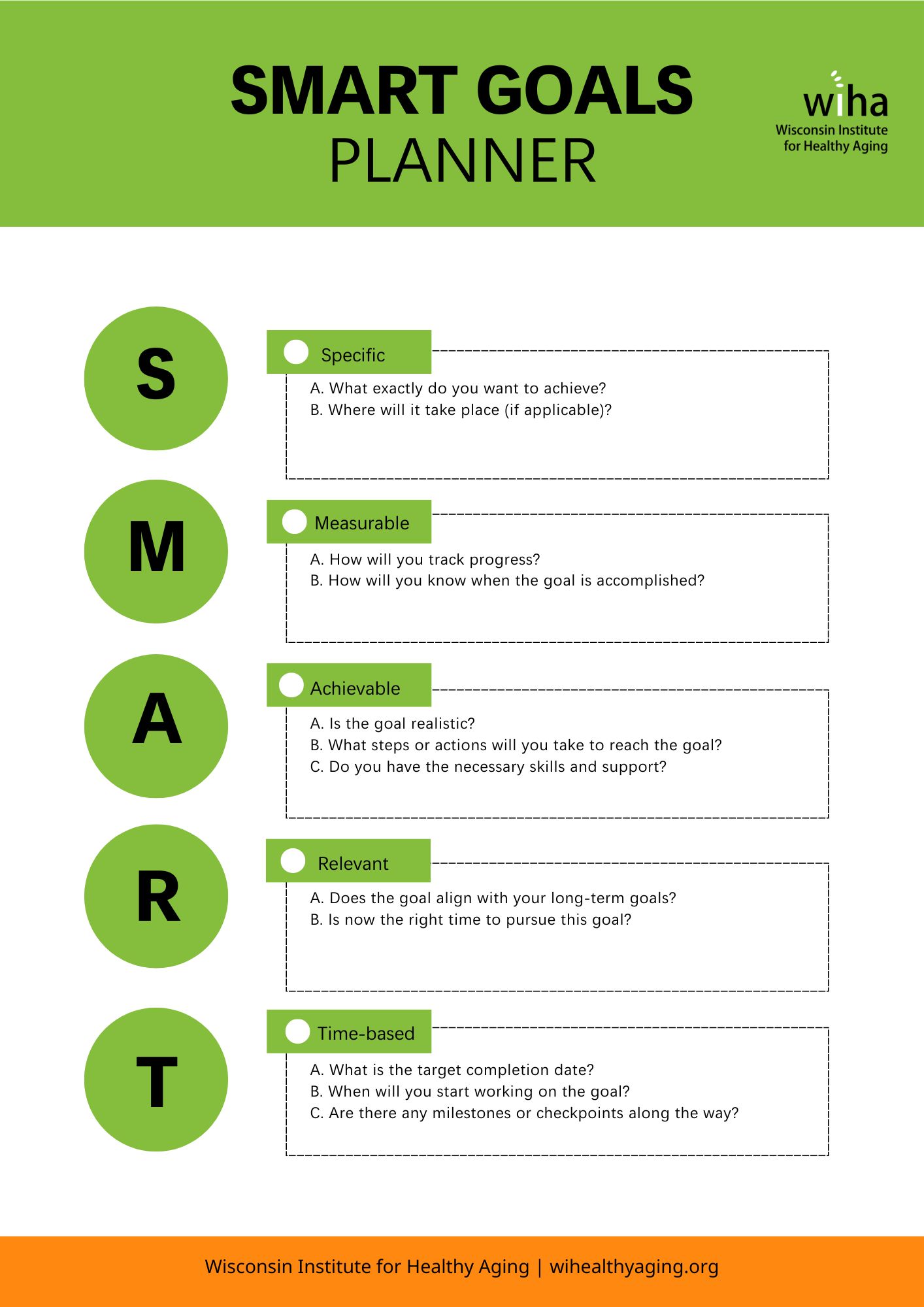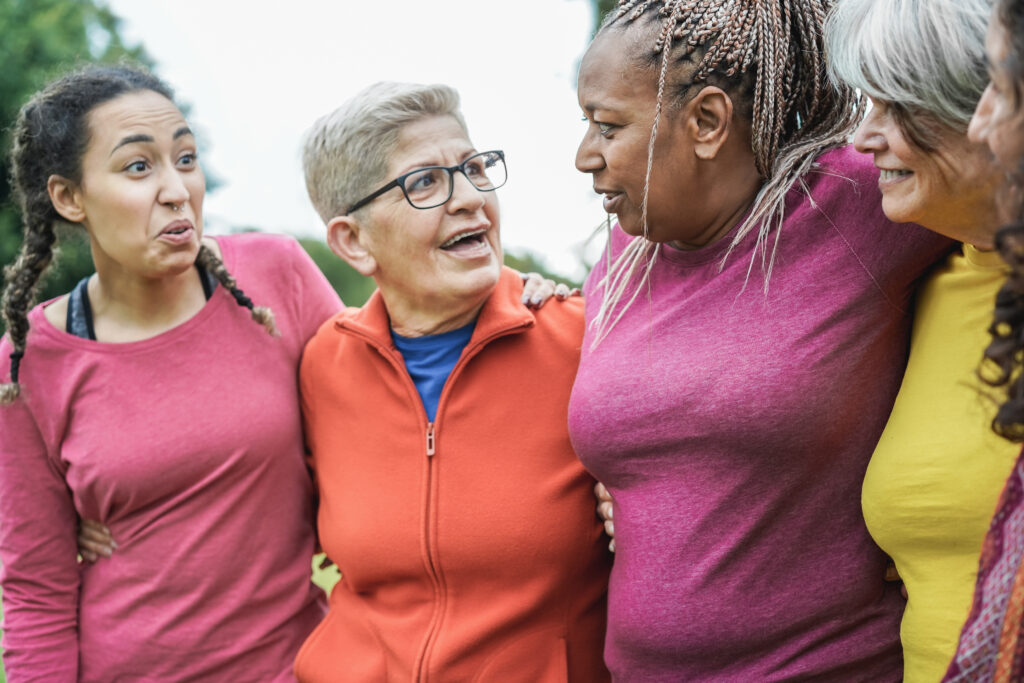
Age Well with WIHA
A newsletter from the Wisconsin Institute for Healthy Aging
Age Well with WIHA: July/August 2025
WIHA’s newsletter is published bi-monthly and sent by email. View the email newsletter online or read the full stories below. Don’t forget to subscribe!
Take Charge of Your Health with Action Planning
Small steps can lead to big changes!
At WIHA, we offer fun and helpful workshops that are based on science and really work! Many of these focus on self-management—skills that help you stay healthy and feel your best.
In our workshops, you’ll learn how to:
- Solve everyday health problems
- Make healthy choices
- Manage symptoms like pain or tiredness
- Know when to ask for help
- Work better with your healthcare team
- Use medication safely
- Talk to friends and family about your health
- Find helpful resources in your community
One of the most powerful tools you’ll learn is how to make your own action plan—a simple goal you set for yourself each week to help manage your health.
What Makes a Good Action Plan?
A great action plan is also a SMART goal. That means it’s:
- Specific – You know exactly what you’re going to do
- Measurable – You can track your progress
- Achievable – It’s realistic for you right now
- Relevant – It supports your goals
- Time-based – You plan to do it within a set time
And don’t forget our helpful checklist for action planning:
- It’s something you want to do
- It’s doable in the next week
- It answers: What? How much? When? and How often?
- You feel 7 out of 10 or more confident that you’ll follow through on completing the whole action plan.
Let’s look at an example. Saying “I’m going to eat more vegetables” is a great idea—but it’s not an action plan.
Instead, try:
- “I’ll drink water instead of soda at dinner, four nights this week.”
- “I’ll walk around the block after lunch two times this week.”
- “I’ll stretch for 10 minutes in the morning on Monday, Wednesday, and Friday.”
See how these goals are specific, realistic, and easy to track?
Start Small
It’s important to build success as you go. Make your plan simple and doable. If you are planning on doing something brand new, maybe make your goal something you do only once per week. The following weeks you can gradually increase your actions to match your more long-term goal. The more success you have, the more likely you’ll be to build confidence to take on more in the future.
Make It Stick
Once you’ve made your plan:
- Write it down and put it somewhere you’ll see it—like the fridge or bathroom mirror
- Share your plan with a friend or family member
- Adjust it if needed—your goal should feel doable!
When you make small changes and stick with them, you build healthy habits over time. Action planning helps you feel more in control and confident about your health.
Download our SMART Goals Planner here to set your own plan!
Want to learn more?
Visit our website to find a workshop near you and discover how action planning can help you feel better, stay active, and live well.
Help Yourself to Better Health—You’ve Got This!
Aging in Place: Staying Safe and Independent at Home
Most of us want to stay in our own homes as we get older. This is called aging in place. It means living where you feel most comfortable—your own house or apartment—for as long as possible.
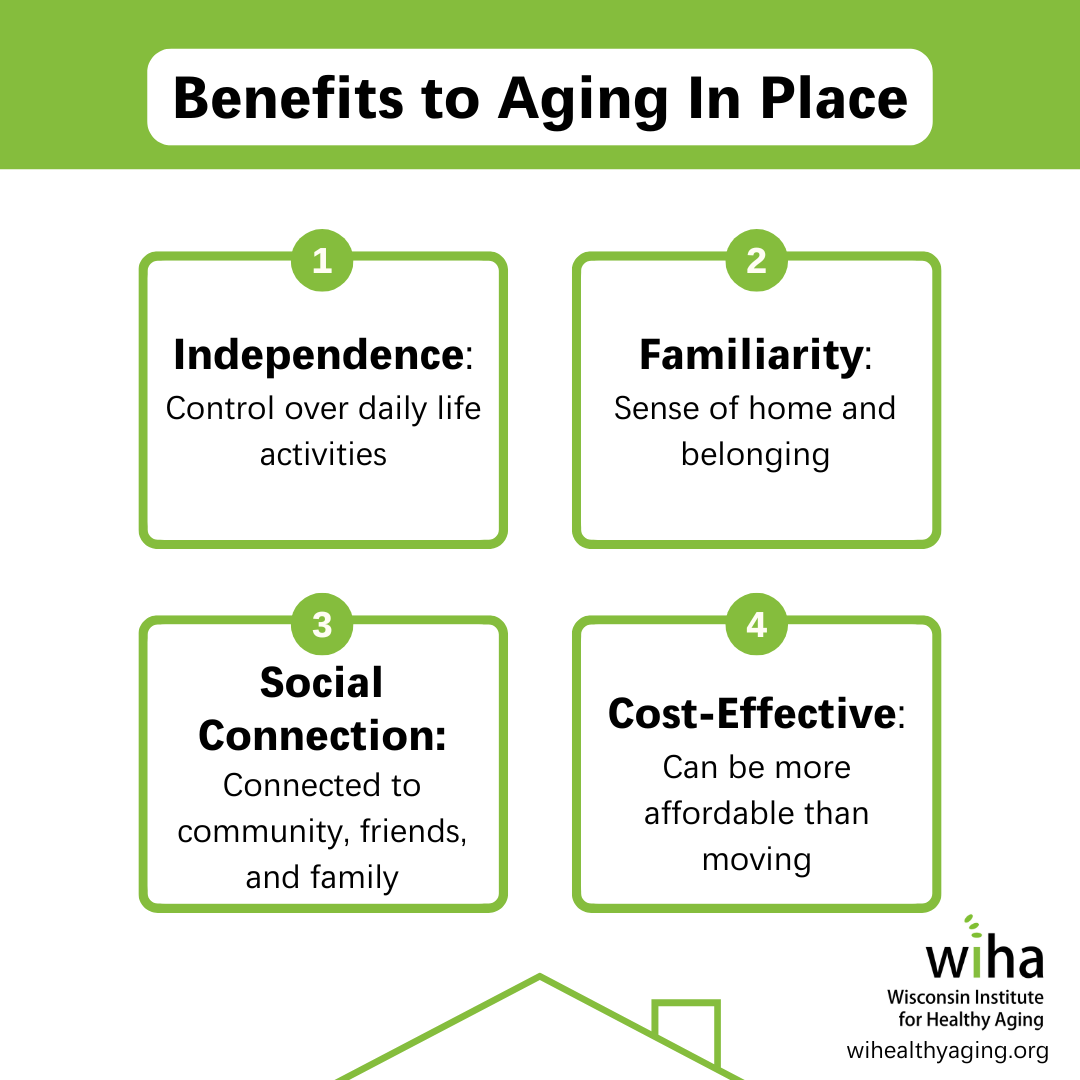
Aging in place can help you feel more independent, connected, and in control. But to do it well, it’s important to plan ahead.
Here are some tips and things to know to help you age in place safely:
1. Make Your Home Safe
As we age, falls and injuries become more common. Here are a few ways to make your home safer:
- Add grab bars in the bathroom.
- Use non-slip rugs or remove rugs that slide.
- Make sure your home has good lighting—especially on stairs and in hallways.
- Keep things you use often within easy reach to avoid climbing or bending too much.
2. Keep Your Body and Mind Healthy
Taking care of your health is one of the best ways to stay independent.
- Stay active with walking, stretching, or gentle exercise.
- Eat healthy foods and drink plenty of water.
- Stay up to date on checkups, medications, and health screenings.
- Keep your brain active by reading, playing games, or learning something new.
3. Stay Connected
Loneliness can affect both your mental and physical health.
- Call or visit with friends and family.
- Join a club, attend local events, or volunteer in your community.
- Take part in online classes or virtual meetups.
4. Plan for Help
Even if you’re independent now, it’s smart to think ahead.
- Know who you can call if you need help with cleaning, cooking, or rides.
- Make a list of local services, like meal delivery or home care.
- Talk to family about your wishes and plans.
5. Use Helpful Technology
There are many tools that can make aging in place easier:
- Medical alert systems in case of emergencies.
- Video doorbells and smart lights.
- Medication reminders and pill organizers.
- Tablets or smartphones to stay in touch with loved ones.
Aging in place is possible—and with the right tools and support, it can be a great way to stay happy, healthy, and independent.
Want to learn more? Keep an eye out for our upcoming webinar on aging in place, where we’ll talk about how to make it work for you or someone you care about! And check out our downloadable resources:
Mental Health as We Age
Why it matters and how to take care of your mind.
Taking care of our mental health is just as important as taking care of our bodies—especially as we age. A healthy mind can help us to feel better, stay active, and enjoy life longer.
As we age, life can change in big ways. People over the age of 65 may feel more stress due to retirement, health changes, or other life events. These changes can lead to feelings of sadness, loneliness, or even depression. But the good news is: there are ways to feel better and stay connected.
One powerful way to boost your mood? Volunteer!
A study by Columbia University found that older adults who volunteered were 43% less likely to feel depressed. Helping others helps you too—it gives you purpose, keeps you social, and can brighten your day.
Signs Your Mental Health May Need Some Attention
It’s normal to feel down sometimes, but if these feelings stick around or start getting in the way of daily life, it might be time to reach out for help. According to the National Institutes of Health (NIH), here are some common signs of mental health concerns:
- Changes in mood, appetite, or energy
- Difficulty feeling positive emotions
- Changes in sleep habits: sleeping too much or having difficult falling asleep
- Increased feelings of irritability, aggravation, or anger
- High-risk behavior
- Feelings of sadness/hopelessness
- Increased worry
- Thoughts of death or suicide
Let’s Talk About It
Struggling with mental health is nothing to be ashamed of. Everyone has tough times, and asking for help is a sign of strength—not weakness. Talking to someone, whether it’s a friend, a doctor, or a counselor, can make a big difference. You don’t have to go through it alone.
If you or someone you know needs support, here are some helpful resources:
- 988 Suicide & Crisis Lifeline – Call or text 988 anytime
- Disaster Distress Hotline – For emotional support during tough times
- https://www.nih.gov/health-information/health-info-lines
- https://www.samhsa.gov/find-help/helplines/national-helpline
- Eldercare Locator – Find local services for older adults
Mental health matters at every age. Stay connected, stay active, and remember—it’s okay to ask for help. A brighter, healthier future starts with a healthy mind.
In this Issue
Stay Sun-Safe this Summer
Stay Sun-Safe this Summer
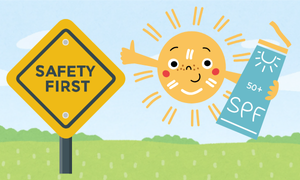
As the days get warmer and brighter, we often find ourselves soaking in the sun as much as we can. Whether it’s gardening, walking, or simply relaxing by the pool, we are all exposed to the sun’s UV rays. While it’s important to practice skin protection year-round, it becomes especially important during the summer when UV radiation is at its strongest.
According to the VA, “most cases of skin cancer are caused by overexposure to UV rays from the sun, tanning beds, or sunlamps.” An article from the CDC reports that less than half of older adults protect their skin from the sun. And skin cancer is on the rise, particularly among those over 65 years of age. The National Cancer Institute estimates there will be 104,960 new cases of skin cancer in 2025 and 8,430 estimated deaths.
The good news is, there are things we can do as individuals to lower our risk:
• Use sunscreen. Sunscreen comes in many varieties, but it’s important to understand what you’re putting on your skin. SPF stands for “sun protection factor,” and the number tells you how long UVB rays would take to redden your skin while wearing the sunscreen. Broad spectrum SPF means the product protects against both UVA and UVB rays. The FDA recommends applying sunscreen with SPF 15 or higher regularly—even on cloudy days. Make sure you also reapply every two hours or as directed.
• Cover up. Clothing can help shield you from UV rays, but not all fabrics offer the same level of protection. Dark or bright colors are more effective at absorbing UV rays than light colors. Shiny polyester or lightweight silk fabrics can reflect radiation. Try wearing loose clothing, tight clothes can stretch and allow more UV light to pass through. There is clothing specially designed to block UV rays and will be labeled with a UPF (ultraviolet protection factor) rating.
• Eye protection. Don’t forget your eyes. If you don’t have sunglasses, wear a hat with a brim all the way around to help protect your eyes, ears, and neck. The FDA recommends looking for sunglasses with a UV400 rating or 100% UV protection—these block over 99% of UVA and UVB radiation. Remember, darker lenses don’t necessarily mean better protection. Light-tinted sunglasses can work just as well if they have the proper UV label.
• Seek shade. Avoid being outdoors from 10 am – 2 pm, as that is when the sun’s rays are the strongest. However, if you are outdoors, stay in the shade whenever possible. Look for trees, shelters, or use an umbrella to create your own shade. Keep in mind that even in the shade, you are still exposed to some UV rays, so it’s important to apply sunscreen regardless.
Stay sun-safe this summer with these tips!
Age Well Series
Our Age Well series has been going steady with some great presentations the past few months! See May and June’s events here:
Upcoming Events:
Featured Program: Walk with Ease
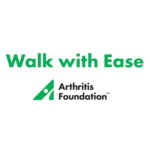
Research: Walk with Ease is researched and shown to reduce the pain and discomfort of arthritis, increase balance, strength, and walking pace, build confidence in your ability to be physically activity, and improve overall health.
Who is it for: Walk with Ease is designed for any adult who has arthritis and wants to reduce pain, and/or those who want to be more physically active.
How to participate: You can participate in Walk with Ease in-person, at a distance, or on your own! Find a workshop near you or Order a Guidebook and follow the program.
“I was afraid to walk very far because of my knee pain. Walk with Ease helped me start slow and build up gradually. Now I am confident in my ability to walk easily without making my arthritis worse.“
Past Participant
Find a Workshop
Take charge of your health by taking a WIHA workshop. We offer in-person and virtual (online or by phone) programs that give you the tools to age well. Getting started is easy – simply click the link below.
Enjoyed the newsletter? Subscribe today!

